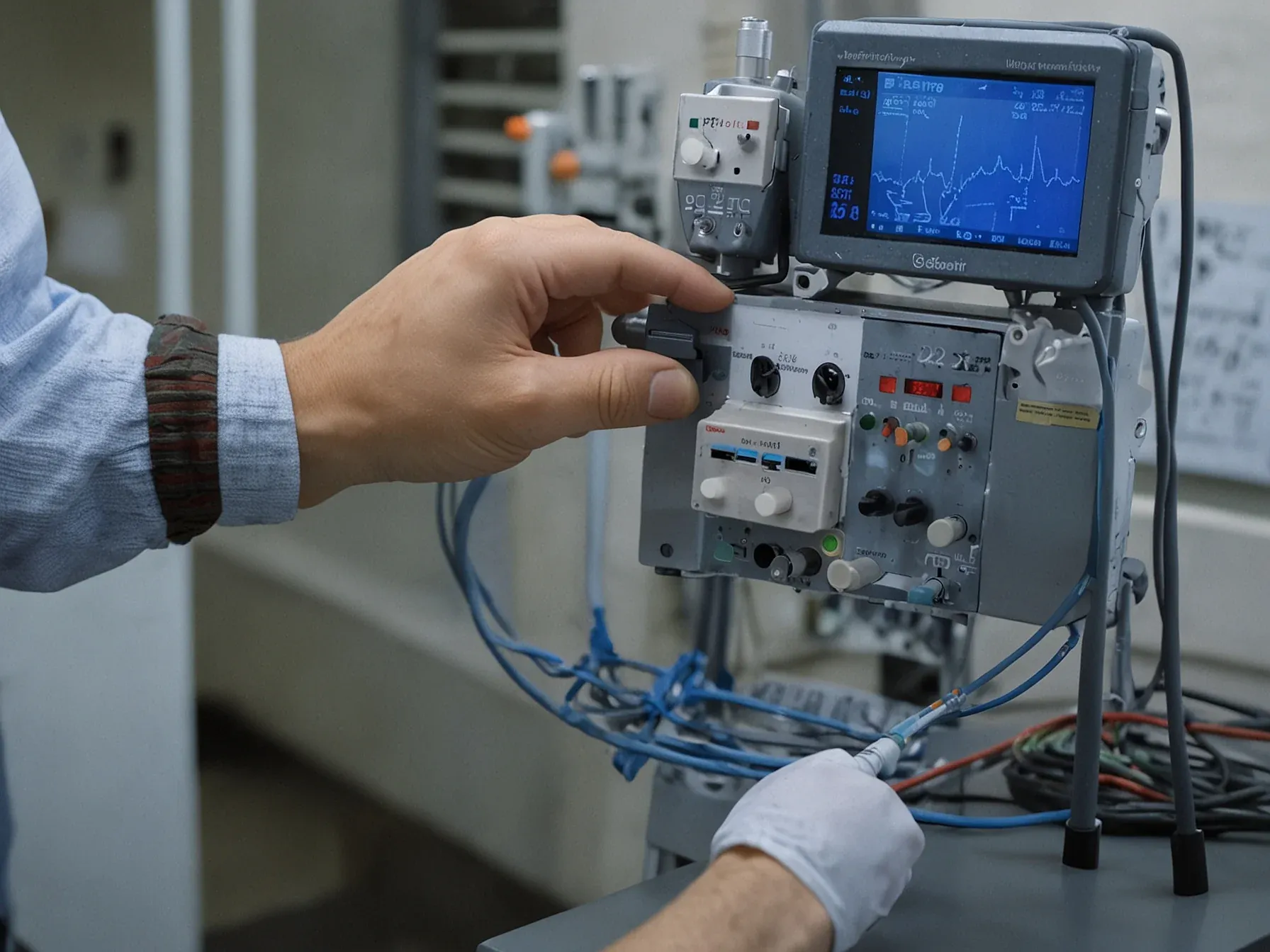
DOE orders cloud, labs, and network integration for AI Genesis mission in 90 days
The Department of Energy is moving fast to stitch together the computing muscle needed for its new AI‑driven research push, a plan officials are calling the Genesis mission. While the concept of a single, nation‑wide AI platform has been floated for years, this is the first time the agency has set a hard deadline for wiring together cloud services, storage arrays and the high‑performance networks that sit inside its national labs. The timeline is tight: a three‑month sprint to line up the hardware and software, followed by another month to outline which data sets and models will get the first run, and a final push to assess whether the labs can sustain the workload.
The move signals a shift from piecemeal projects to a coordinated effort that could accelerate scientific discovery across multiple disciplines. The order’s specifics, including the exact milestones, are outlined in the following statement.
The order directs the DOE Secretary to identify and integrate computing, storage, and networking resources, including cloud‑based systems and national laboratories within 90 days. By 120 days, the Secretary must propose a portfolio of initial data and model assets; by 240 days, review lab capabiliti
The order directs the DOE Secretary to identify and integrate computing, storage, and networking resources, including cloud-based systems and national laboratories within 90 days. By 120 days, the Secretary must propose a portfolio of initial data and model assets; by 240 days, review lab capabilities for AI-augmented research; and within 270 days, establish a working prototype of the platform for at least one national science challenge. More than two dozen "science and technology challenges" have been identified for the mission, including areas such as advanced manufacturing, biotechnology, critical materials, nuclear energy, quantum information science, and microelectronics.
President Donald Trump has assigned overall leadership of the mission to the assistant to the president for science and technology (APST), who will coordinate interagency efforts through the National Science & Technology Council (NSTC). The APST is also tasked with guiding strategy, funding prizes, and establishing partnerships with national laboratories, universities, and private-sector entities. Genesis is expected to mobilise America's research and development assets including DOE labs, academic institutions, and major technology companies to train scientific foundation models and build agentic AI that can "test new hypotheses" and "automate research workflows." The mission explicitly aims to "dramatically accelerate scientific discovery, strengthen national security, strengthen energy dominance … and multiply the return on taxpayer investment," the order declares.
In addition, the order establishes new mechanisms for external collaboration and funding: it calls for cooperative R&D agreements, prize competitions, and standardised data- and model-sharing frameworks. It also outlines rules for data governance, IP licensing, export controls, and security approvals. "We will harness … the world's largest collection of scientific datasets … to train scientific foundation models and create AI agents to test new hypotheses, automate research workflows, and accelerate scientific breakthroughs," the order reads.
Will the 90‑day deadline be realistic? The order obliges the DOE Secretary to map and merge cloud, storage and networking assets—including national‑lab systems—within three months, then to outline a first set of data and model assets by the 120‑day mark, and finally to assess laboratory capabilities by day 240. The mission’s ambition echoes the urgency of historic national projects, yet the article offers no detail on how integration hurdles will be overcome.
The initiative taps the federal government’s extensive research datasets and high‑performance computing power, aiming to reshape America’s scientific infrastructure and preserve technological leadership. Still, it remains unclear whether the stipulated timelines accommodate the complexity of coordinating disparate cloud platforms, legacy lab environments and security protocols. The White House’s framing suggests a sweeping, coordinated effort, but the lack of specifics on funding, governance and metric‑based milestones leaves open questions about practical execution.
As the 90‑day clock starts, the next steps will reveal whether the Genesis Mission can move beyond its declarative goals toward tangible, measurable outcomes.
Further Reading
- Trump Signs Order Launching 'Project Genesis' to Accelerate AI Science and Research - Broadband Breakfast
- DOE AI supercomputer at Argonne: How to accelerate research - Ki-Ecke
- SIIA Supports Genesis Mission - SIIA
- Trump Presses 'Genesis' Nuclear Button: AI Manhattan Project - 36Kr
- Artificial Intelligence Infrastructure on DOE Lands - Foundation for Defense of Democracies
Common Questions Answered
What specific deadline does the DOE order set for integrating cloud, storage, and networking resources for the AI Genesis mission?
The order requires the DOE Secretary to identify and integrate all computing, storage, and networking resources—including cloud‑based systems and national‑lab infrastructure—within 90 days. This three‑month sprint marks the first phase of the Genesis mission’s integration effort.
By what date must the DOE propose an initial portfolio of data and model assets for the Genesis mission?
The DOE must present a portfolio of initial data and model assets by the 120‑day mark after the order is issued. This proposal follows the 90‑day integration deadline and sets the foundation for AI‑augmented research.
What are the milestones outlined for the DOE after the 120‑day data portfolio, specifically at the 240‑day and 270‑day points?
At 240 days, the Secretary must review laboratory capabilities for AI‑augmented research, assessing how labs can support the mission. By 270 days, a working prototype of the national AI platform must be established to tackle at least one major science challenge.
How does the article describe the feasibility of the 90‑day integration deadline for the Genesis mission?
The article questions whether the 90‑day deadline is realistic, noting that while the timeline is ambitious, the piece provides no details on how integration hurdles will be overcome. It highlights the urgency of the project but leaves the practical challenges unaddressed.




